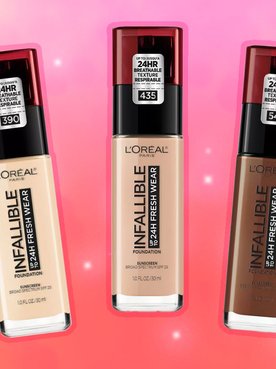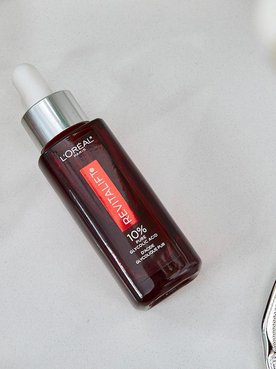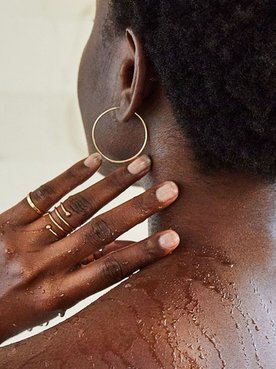Whether you’ve got more tattoos than you can count or you’re new to the world of body ink, it’s important to go into a tattooing session prepared and well-informed. And while getting tattoos on each area of your body will be a slightly different experience, getting inked on your fingers can be an entirely different ball game.
The truth is, there’s a lot you should consider before taking the plunge and altering your look permanently. Ahead, we’re sharing six finger tattoo facts you should keep in mind when considering committing to ink in this area.
1. Research Is Essential
Contrary to popular belief, finger tattoos aren’t easy to do. It takes an expert level of precision and patience to pull them off well. Keeping that in mind, it’s important to do your homework on licensed tattoo artists before making a commitment. You should also check out their work to get a better idea of how your ink will look.
2. Finger Tattoos Can Be Painful
People often ask, “Are finger tattoos painful?” The simple answer is: sometimes. Some people think that finger tattoos come with little to no discomfort, but that’s certainly not the case for everyone. Some people have a high pain tolerance, while others have trouble tolerating tattoos at all.
Since your fingers are on the sensitive side, you may find certain areas to be more tender than others. And because the skin on your fingers is thinner than most areas of the body, it’s likely that this area will be more painful than other parts of your body.
3. Simple Designs Are Best
Sadly, there isn’t much room on your fingers to flaunt elaborate designs. While there are talented artists that can make it happen, it’s best to keep your finger tattoo designs on the simple side (especially if it’s painful for you). After all, intricate designs and ink bleeding go hand-in-hand and can compromise the look of your tattoo. Thankfully, there are plenty of simple and chic finger tattoo ideas to get creative with.
4. Fading Is A Huge Possibility
Arguably the most common question on this topic is “How long do finger tattoos last?” It’s important to know that tattoo ink takes differently to various areas of the body. Since we’re constantly washing our hands and using our fingers for daily activities, finger tattoos typically don’t hold on to ink as well as other areas. This is also true of areas on the body that are constantly bending, like your knuckles, knees and elbows.
If you’re set on making your finger tattoo last as long as possible without touch-ups, avoid getting it on your knuckle. That said, seeing a tattoo fade over time doesn’t mean that the artist did a sub-par job 一 it’s just the nature of a tattoo in this area, so be prepared for touch-ups.
5. Touch-Ups Are Necessary
Speaking of touch ups, caring for your tattoo after you get it is essential — and part of that process can include an occasional refresh. The only way for your finger tattoo to look good over time is to stay consistent with touch-ups. No matter how well you take care of your tattoo, fading is inevitable.
Once your ink starts to lose its luster and sharp design, you’ll know it’s time to schedule an appointment with your tattoo artist. This is also an important fact to keep in mind because getting touch-ups can be a bit pricey. So, consider whether or not you’re comfortable with the maintenance required for a finger tattoo before getting one.
6. You’ll Need To Keep Your Hands Clean
We can’t stress this enough: You’ll need to keep your finger tattoo clean 一 especially during the healing and aftercare process. It’s easy for your hands to come into contact with dirt, oil, and debris, which can take a toll on the appearance of a finger tattoo.
So, washing your hands with fragrance-free soaps and using moisturizers or ointments without petroleum jelly to keep your skin hydrated is the way to go. Petroleum jelly can trap bacteria on the skin and possibly lead to infection, and it prevents oxygen from accessing the skin and healing after getting your tattoo done. However, if you skip moisturizer altogether, you run the risk of a dry, dull-looking tattoo, fading, or a skin infection.
Next: What You Need to Know About Lip Blushing 一 a Popular Lip “Tattoo”
Edited by: Alyssa Kaplan, Photo Credit: IG/@oitattooer





